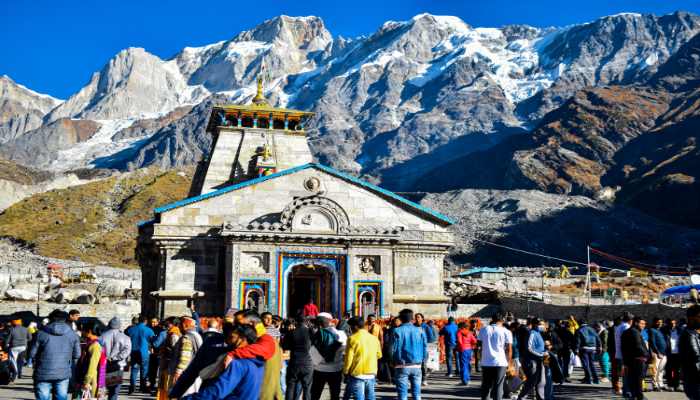A Glimpse into the history and significance of Maha Shivratri
Category : Spiritual Knowledge |
![]() Posted on 08 March 2024
Posted on 08 March 2024

The origin story of Mahashivratri is deeply rooted in Hindu mythology, encompassing various legends and narratives that shed light on its significance. One prominent tale recounts the divine union of Lord Shiva with Parvati, his consort, on this auspicious day. It is believed that on the night of Mahashivratri, Shiva performed the cosmic dance of Tandava, symbolizing the rhythmic creation, preservation, and destruction of the universe. The term "Mahashivratri" translates to "the big night of Shiva" in Sanskrit.
Another story suggests that Mahashivratri marks the night when Shiva manifested himself in the form of a Linga, the iconic representation of his divine presence.
The celebration of Mahashivratri extends far beyond its roots in ancient Indian traditions, captivating devotees worldwide. While its observance varies regionally within India, with diverse customs and rituals observed in different states, the festival has also gained popularity in countries with significant Hindu populations such as Nepal, Mauritius, Indonesia, and Malaysia. In recent years, Mahashivratri has even found resonance in Western countries. Over time, the celebration has evolved to adapt to changing social and cultural contexts while retaining its core spiritual essence. Traditional rituals like fasting, offering prayers to Shiva, and performing Abhishekam remain central, but contemporary celebrations now incorporate modern elements like musical concerts, dance performances, and social service activities. Additionally, technological advancements have enabled virtual participation in Mahashivratri festivities, fostering a global sense of connection and devotion among devotees.
Mahashivratri is celebrated for several reasons, each carrying its own significance and symbolism. One primary reason is to honor the divine union of Shiva and Parvati, symbolizing the harmonious interplay of masculine and feminine energies. Another reason is to pay homage to the divine attributes of Lord Shiva as the destroyer of evil and the catalyst for transformation.
Spiritually, Mahashivratri holds profound significance, serving as a time for introspection, purification, and spiritual renewal. It symbolizes the pursuit of self-realization and transcendence, encouraging devotees to purify their minds and hearts while letting go of negative tendencies and egoistic desires. The festival also reflects upon Tandava - the cosmic dance of creation, preservation, and destruction performed by Shiva, underscoring the impermanence of the material world and the eternal nature of the soul.
In conclusion, Mahashivratri stands as a timeless testament to the enduring legacy of Lord Shiva, uniting devotees across the globe in reverence and celebration. Its rich tapestry of mythology, tradition, and spirituality offers profound insights into the nature of existence and the eternal pursuit of spiritual fulfillment. As we commemorate Mahashivratri, let us embrace its teachings of harmony, transformation, and transcendence, fostering a deeper connection with ourselves and the divine.


